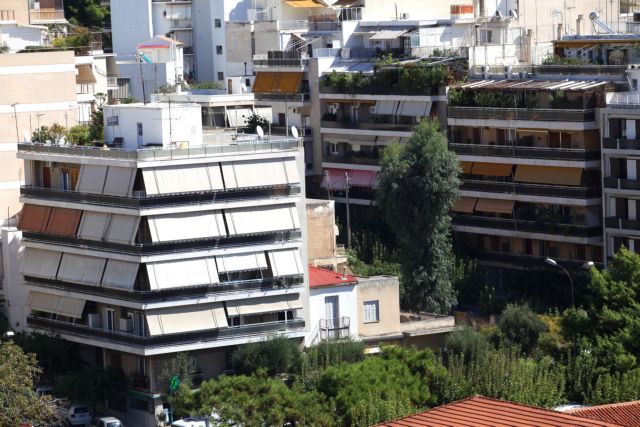The Greek government plans to cover the increased energy needs of the country’s 38 small mountain municipalities with “green” energy from photovoltaic systems.
In the planning, which will be included in the “strategic plan for the highlands”, the proposal concerns covering 80% of the electricity bills of the approximately 220,000 permanent residents in the specific disadvantaged areas of the country, through Virtual Net Metering, i.e. by injecting into the electricity grid the energy produced by photovoltaic systems and offsetting it with the consumption.
It has been calculated that the required power from photovoltaics to cover the energy needs of the 38 small mountain municipalities is 142.6 MW (megawatts).
The cost of the investment has been calculated at 100 million euros and it is estimated that 37.2 million euros will be saved for consumers annually.
Of these 48.4 MW (cost of solar systems 33.9 million euros) will serve residential consumers and reduce their energy costs by 11.2 million euros/year.
The 4.8 MW (with a construction cost of 3.4 million euros) will be needed to meet the needs of the beneficiaries of the Social Household Tariff, who will save 0.8 million euros per year on their electricity bills. The rest will concern businesses and public/municipal infrastructure.
Networks
But the road to the energy autonomy of the 38 mountain municipalities still has obstacles. Due to the saturated electrical networks, in 17 of the 38 small mountain municipalities it is not possible to immediately submit new requests to connect photovoltaic stations because there are no margins for power absorption and other technical solutions will be sought with the Distribution Network Operator to ensure the necessary electrical space.
The coverage of energy needs through the self-production of electricity does not bring about any significant effect in terms of finding electrical space, e.g. in the Municipality of Paranesti, an available power of 0.3 MW is created, which is not enough to submit a new request for photovoltaic connection to the distribution network, because it is judged to be marginal.
The Municipalities of Epidaurus and Nemea continue to have the largest power absorption margin with 109.5 MW and 91.1 MW respectively. On the other hand, the municipalities of Limni Plastira and Central Tzoumerka have the lowest absorption margins with only 2.4 MW and 0.6 MW and it is doubtful if they can accept grid connection requests from PV plants.




![Ενοπλες δυνάμεις: Τι φέρνει το νέο μισθολόγιο [παραδείγματα]](https://www.ot.gr/wp-content/uploads/2025/12/shutterstock_758723053-1-1.jpg)




































